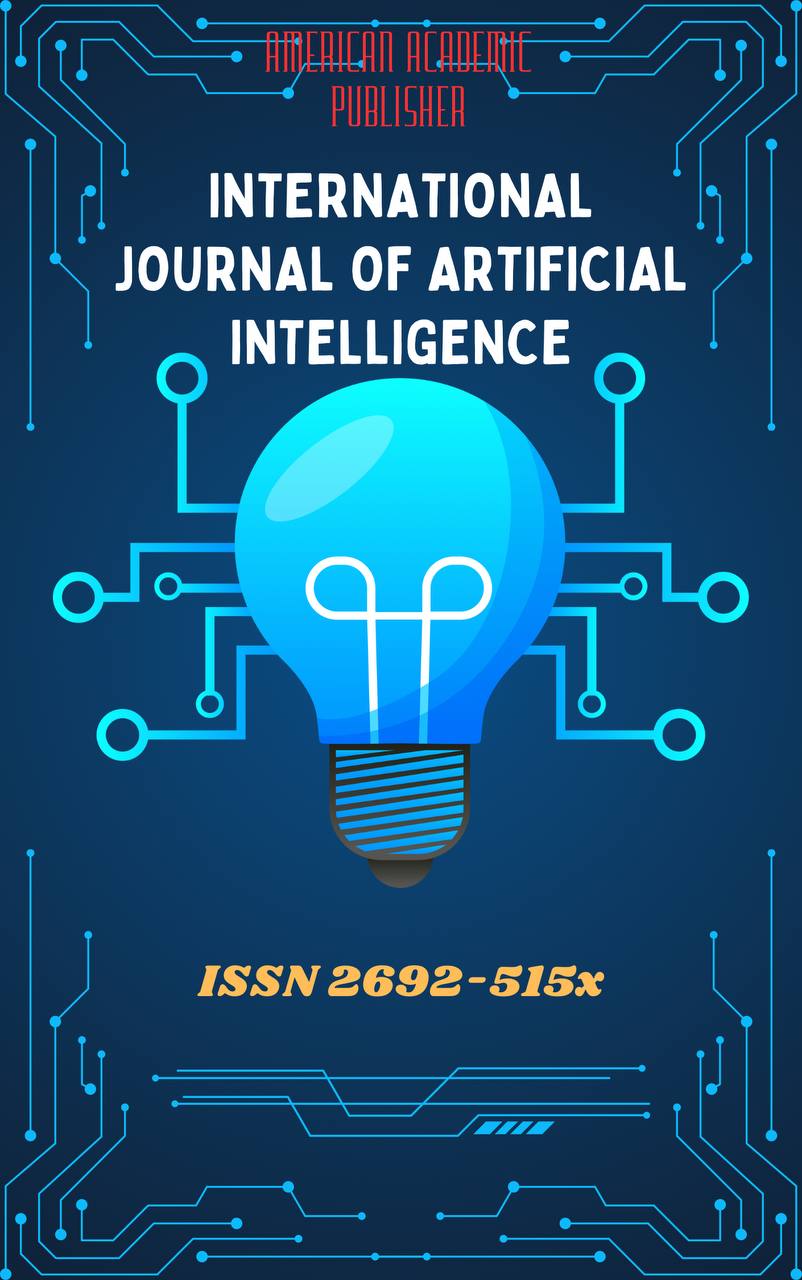 Articles
| Open Access |
Articles
| Open Access | A COMPARATIVE DISCOURSE ANALYSIS OF ENGLISH AND UZBEK INTERNET MEMES ON TIKTOK AND OTHER SOCIAL MEDIA PLATFORMS
Gulzodaxon Avazjon qizi Sultonqulova , English Language Teacher, 70th Secondary School, Urgut District, Samarkand Region, UzbekistanAbstract
This study investigates the discursive characteristics of English and Uzbek internet memes on social media platforms such as TikTok, Instagram, and Facebook. Memes function as multimodal units combining text, image, and audio to communicate humor, social commentary, and cultural identity. English memes typically target a global audience, employing abbreviations, acronyms, slang, and pop culture references, while Uzbek memes are localized, relying on idioms, cultural allusions, and situational humor. The analysis examines themes, linguistic strategies, humor mechanisms, cultural references, and engagement metrics. Findings reveal that language choice affects interpretation, audience engagement, and social interaction, demonstrating how memes serve as tools for cultural expression and community cohesion.
Keywords
Internet memes, TikTok, English, Uzbek, discourse analysis, humor, social media, multimodal communication.
References
Shifman, L. (2014). Memes in Digital Culture. Cambridge, MA: MIT Press.
Milner, R. M. (2016). The World Made Meme: Public Conversations and Participatory Media. Cambridge, MA: MIT Press.
Cannizzaro, S. (2020). “Humor and Linguistic Creativity in Internet Memes.” Journal of Pragmatics, 162, 104–116
Burgess, J., & Green, J. (2018). YouTube: Online Video and Participatory Culture. Cambridge: Polity Press.
Machin, D., & Mayr, A. (2012). How to Do Critical Discourse Analysis. London: SAGE Publications.
Kress, G., & van Leeuwen, T. (2021). Multimodal Discourse: The Modes and Media of Contemporary Communication. London: Routledge.
Dawkins, R. (1976). The Selfish Gene. Oxford University Press
Article Statistics
Downloads
Copyright License

This work is licensed under a Creative Commons Attribution 4.0 International License.

